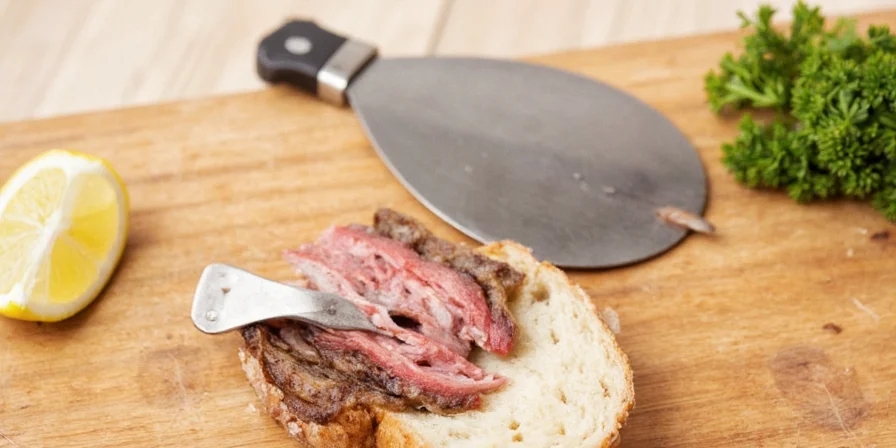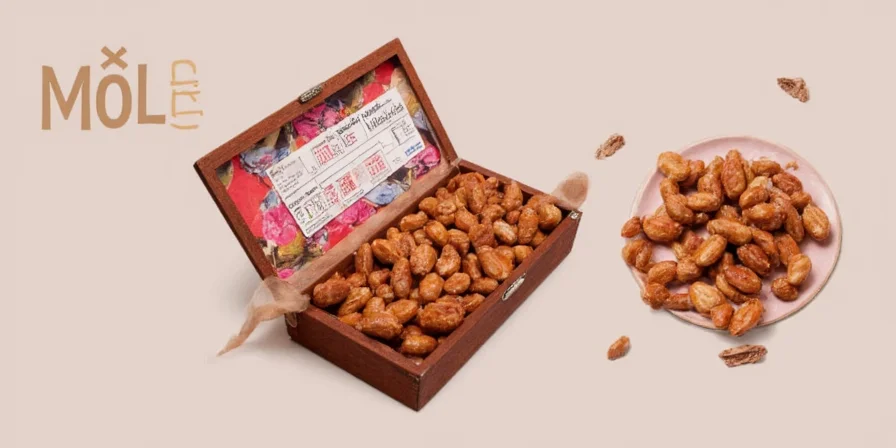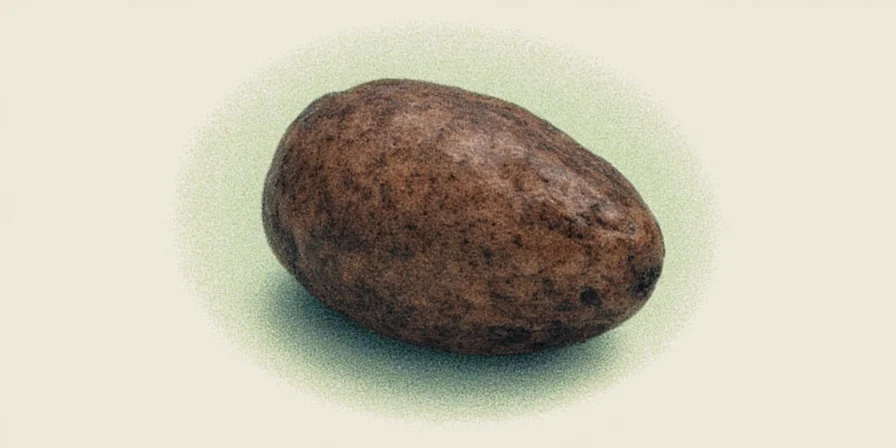What Exactly Is Mole?
If you’ve ever wandered through a bustling Mexican market or browsed a menu at an authentic taquería, you might have come across the word 'mole' and wondered: Que es un mole? Well, you’re not alone. This rich, complex sauce is one of the crown jewels of Mexican cuisine, blending spices, chiles, fruits, nuts, and even chocolate into a flavor explosion that’s both earthy and sweet.
In this article, we’ll take you on a spicy journey through the history, varieties, and secrets of mole. So buckle up — it’s about to get saucy!
Table of Contents
- What Exactly Is Mole?
- A Flavorful History
- Types of Mole You Need to Know
- The Spice Line-Up: Key Ingredients in Mole
- Cooking with Mole: Tips for Beginners
- Serving Suggestions & Pairings
- Common Myths About Mole
- Mole Around the World
- Summary
What Exactly Is Mole?
The word 'mole' comes from the Nahuatl word molli, meaning 'sauce' or 'concoction.' At its heart, mole is a complex sauce made from a blend of ingredients like dried chiles, nuts, seeds, spices, fruits, and sometimes even chocolate. It’s used to coat meats, enchiladas, tamales, or even poured over eggs for breakfast.
Unlike your average tomato-based pasta sauce, mole can take hours (or days!) to make and involves layering flavors through multiple stages of cooking. Think of it as the symphony of the spice world — every ingredient plays a role, and when done right, the result is pure harmony.

A Flavorful History
Mole has roots deep in Mexico's pre-Hispanic past. Before the Spanish conquest, indigenous peoples already used ground seeds and chili peppers to create sauces. When the Spaniards arrived, they introduced new ingredients like almonds, cinnamon, and chocolate, which were eventually woven into mole recipes.
One famous origin story ties mole poblano to a convent in Puebla. Legend says that in the 16th century, nuns scrambled to prepare a meal for a visiting archbishop and threw together whatever ingredients they had — chilies, chocolate, bread, and spices — creating what we now know as mole poblano. Talk about pressure cooking!

Types of Mole You Need to Know
Mole isn't just one thing — it's a family of sauces! Each region in Mexico has its own version, varying in color, texture, and flavor. Here’s a breakdown:
| Type | Region | Main Ingredients | Flavor Profile |
|---|---|---|---|
| Mole Poblano | Puebla | Chiles, chocolate, sesame, almonds | Rich, dark, slightly bitter-sweet |
| Mole Verde | Oaxaca | Tomatillo, pumpkin seeds, herbs | Fresh, tangy, herbaceous |
| Mole Negro | Oaxaca | Blackened chiles, plantains, spices | Smoky, sweet, ultra-intense |
| Mole Amarillo | Oaxaca | Yellow chiles, garlic, spices | Spicy, fruity, floral |
| Mole Coloradito | Oaxaca | Tomato, raisins, peanuts | Reddish, mildly sweet, nutty |
The Spice Line-Up: Key Ingredients in Mole
What makes mole so special is its eclectic mix of ingredients. Some common ones include:
- Dried Chiles: Anchos, mulatos, pasillas, chipotles — each brings a unique depth.
- Chocolate: Usually unsweetened Mexican chocolate like Ibarra or Abuelita.
- Spices: Cinnamon, cumin, cloves, anise, and pepper are staples.
- Nuts/Seeds: Almonds, peanuts, sesame seeds, pumpkin seeds add body and richness.
- Fruits: Raisins, prunes, or plantains are often included for sweetness.
- Bread or Tortillas: These help thicken the sauce and balance bitterness.

Cooking with Mole: Tips for Beginners
Cooking mole can be intimidating, especially if you're used to 30-minute meals. But with a few smart strategies, anyone can master this iconic sauce:
- Plan Ahead: Make mole in advance. It tastes better after resting overnight.
- Toast Everything: Toast your chiles, spices, nuts, and tortillas before grinding them. This unlocks incredible aroma.
- Layer Your Flavors: Start with toasted ingredients, fry them in oil, then simmer everything together slowly.
- Use a Blender (Not a Food Processor): For a smooth consistency, use a high-speed blender and strain if needed.
- Don’t Rush the Chocolate: Add melted chocolate at the very end to avoid curdling.
- Season Generously: Salt is your friend. Taste and adjust as you go.

Serving Suggestions & Pairings
Mole is incredibly versatile. Here are some classic and creative ways to serve it:
- With Chicken: Shredded chicken bathed in warm mole poblano is a classic combo.
- Over Tamales: A dollop of mole verde elevates simple corn tamales.
- On Enchiladas: Try mole negro stuffed inside rolled enchiladas for a bold twist.
- As a Dip: Thin it with broth and use as a dip for empanadas or tostadas.
- With Eggs: Mole ranchero-style eggs are the weekend brunch hero you didn’t know you needed.
Common Myths About Mole
Let’s bust some mole myths floating around the internet:
- Myth #1: “Mole is always chocolate-heavy.”
Reality: Only certain moles (like mole poblano or negro) contain chocolate. Others, like mole verde or amarillo, are completely chocolate-free! - Myth #2: “Mole is spicy.”
Reality: Not necessarily. Most moles focus on balancing heat with sweetness and acidity. - Myth #3: “You need 30 ingredients.”
Reality: While some recipes do call for dozens of ingredients, many home versions streamline the process with 10–15 core items.
Mole Around the World
While deeply rooted in Mexican culture, mole has inspired global reinterpretations:
- Spain: Mole-inspired tapas using local churros and smoked paprika.
- Japan: Fusion ramen with mole broth and dashi-infused undertones.
- USA: Gourmet tacos with slow-braised short ribs and house-made mole.
- Middle East: Mole-spiced hummus served with pita chips and za’atar.

Summary
Mole is more than just a sauce — it’s a cultural icon, a culinary masterpiece, and a flavor adventure wrapped into one. Whether you're diving into mole poblano or experimenting with mole verde, understanding the ingredients, techniques, and traditions behind it will elevate your cooking and appreciation for global spice traditions.
So next time someone asks you 'Que es un mole?', you won’t just know the answer — you’ll know how to make it, enjoy it, and maybe even write a blog post about it!











 浙公网安备
33010002000092号
浙公网安备
33010002000092号 浙B2-20120091-4
浙B2-20120091-4